Full text
PDF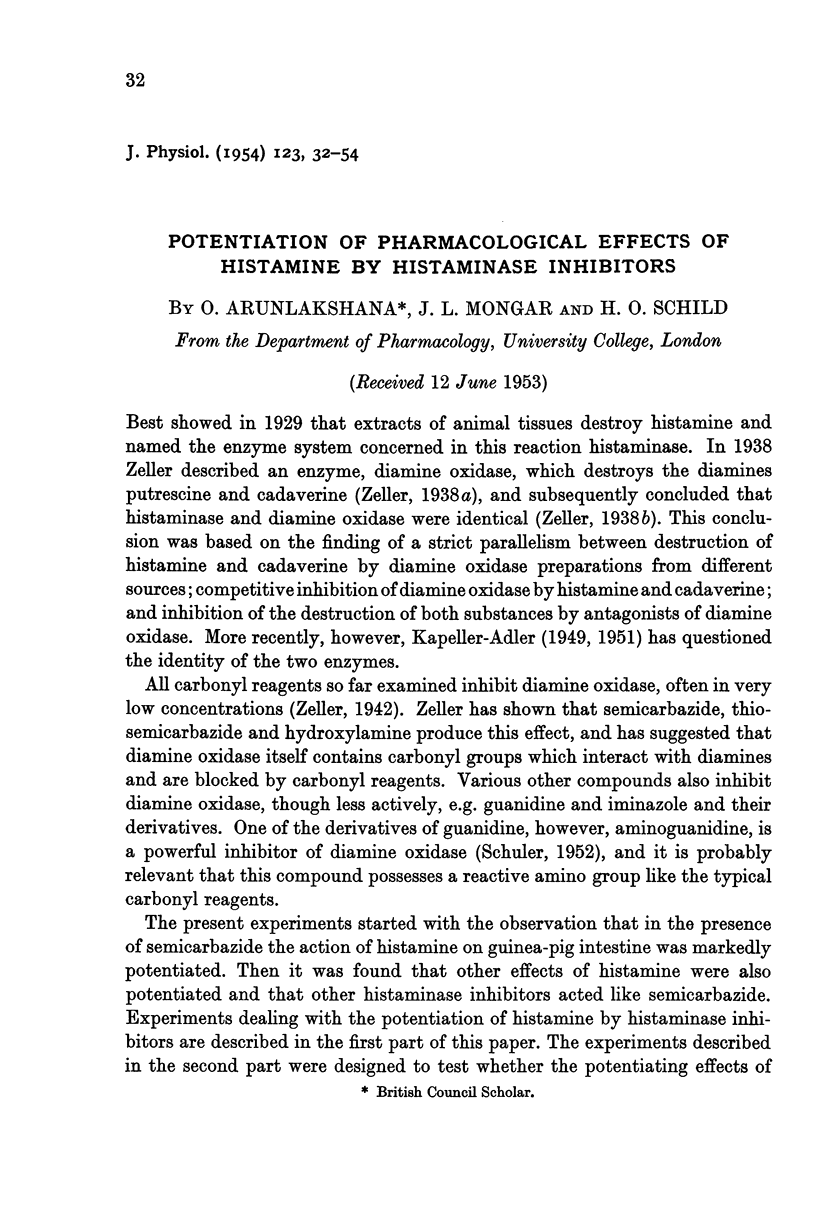
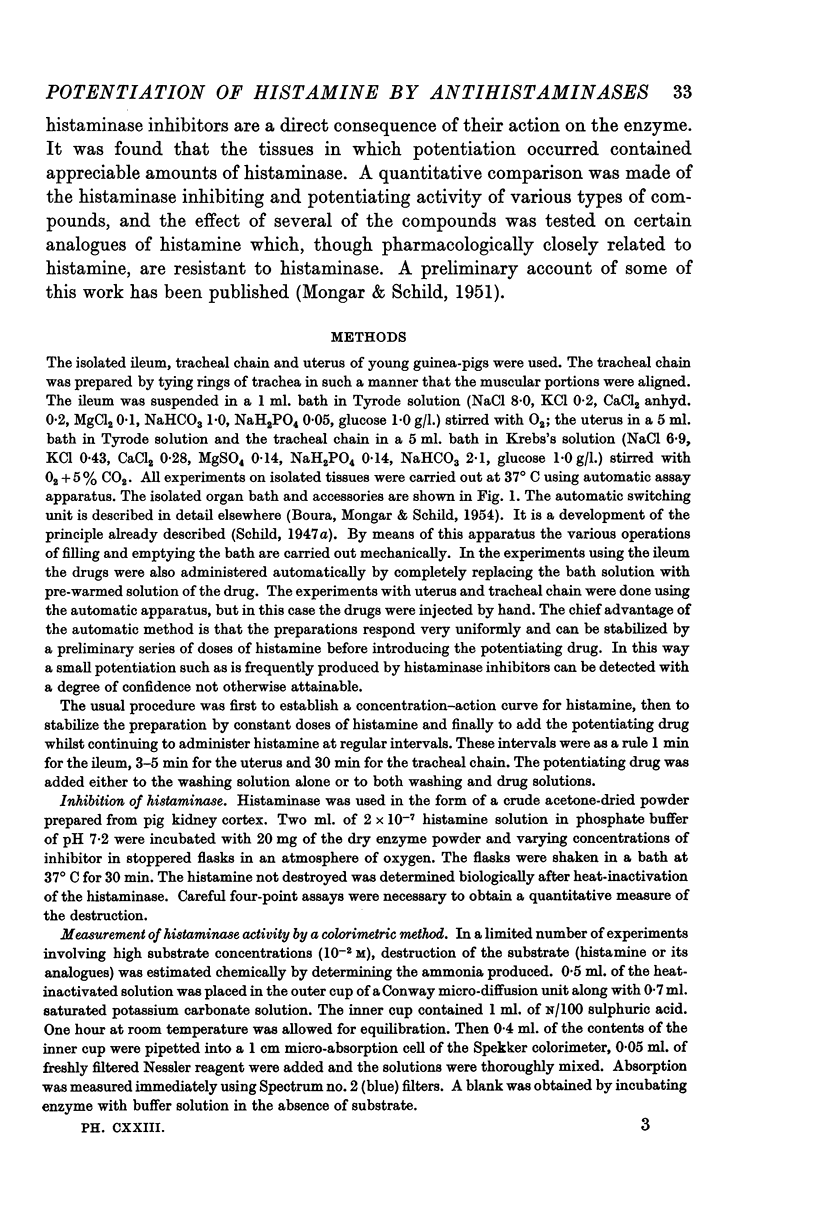
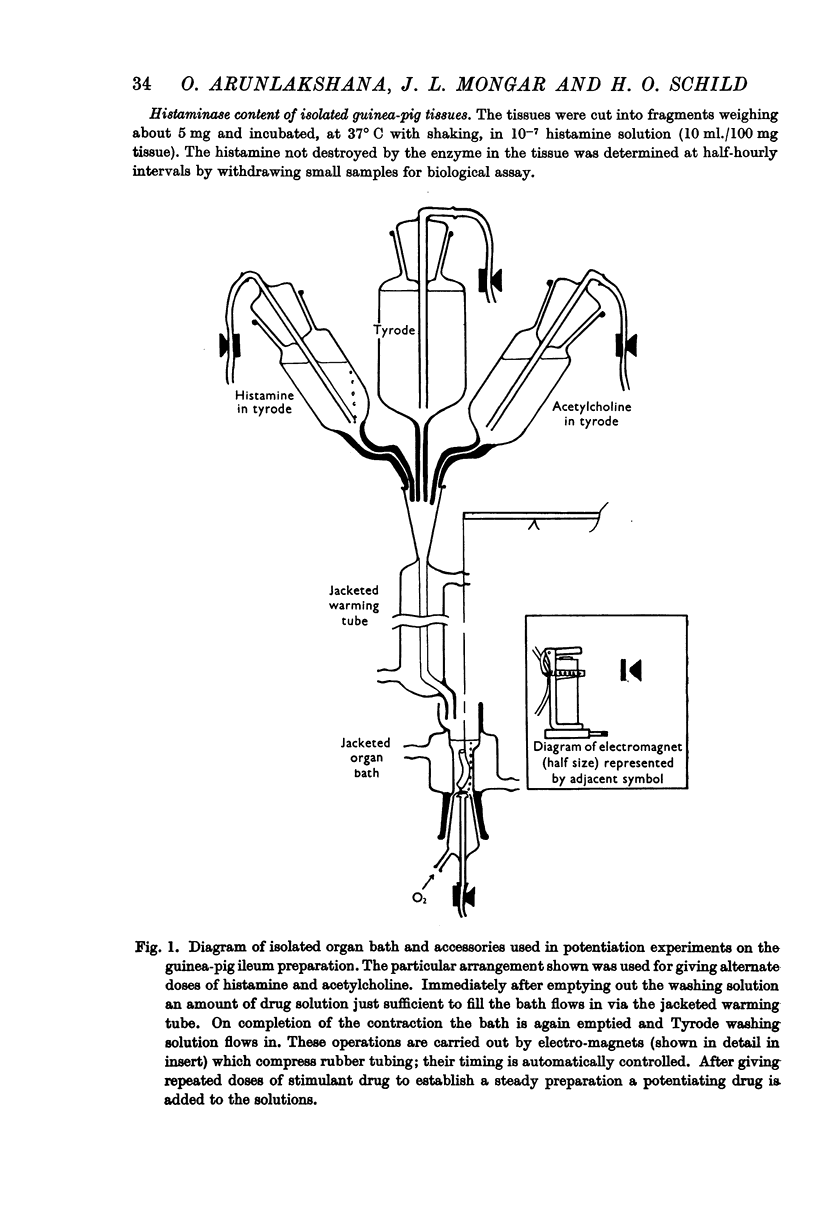


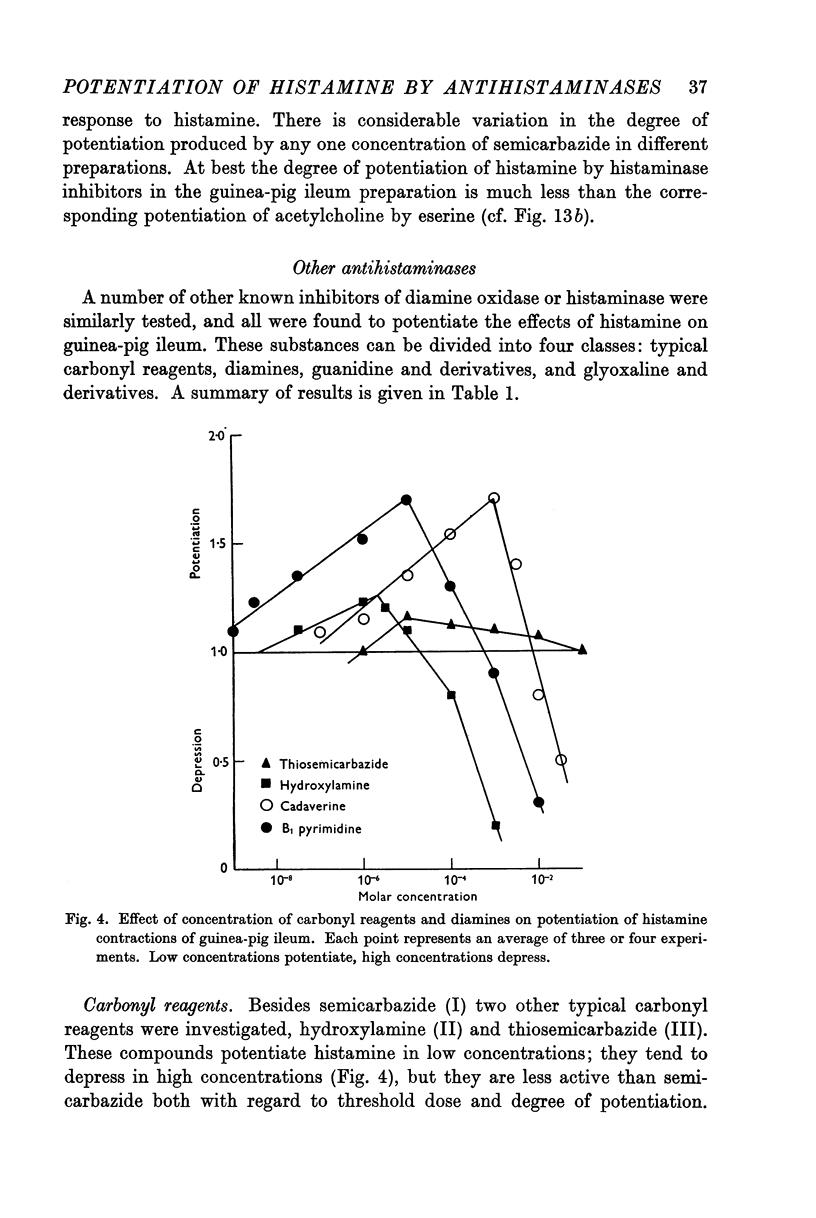
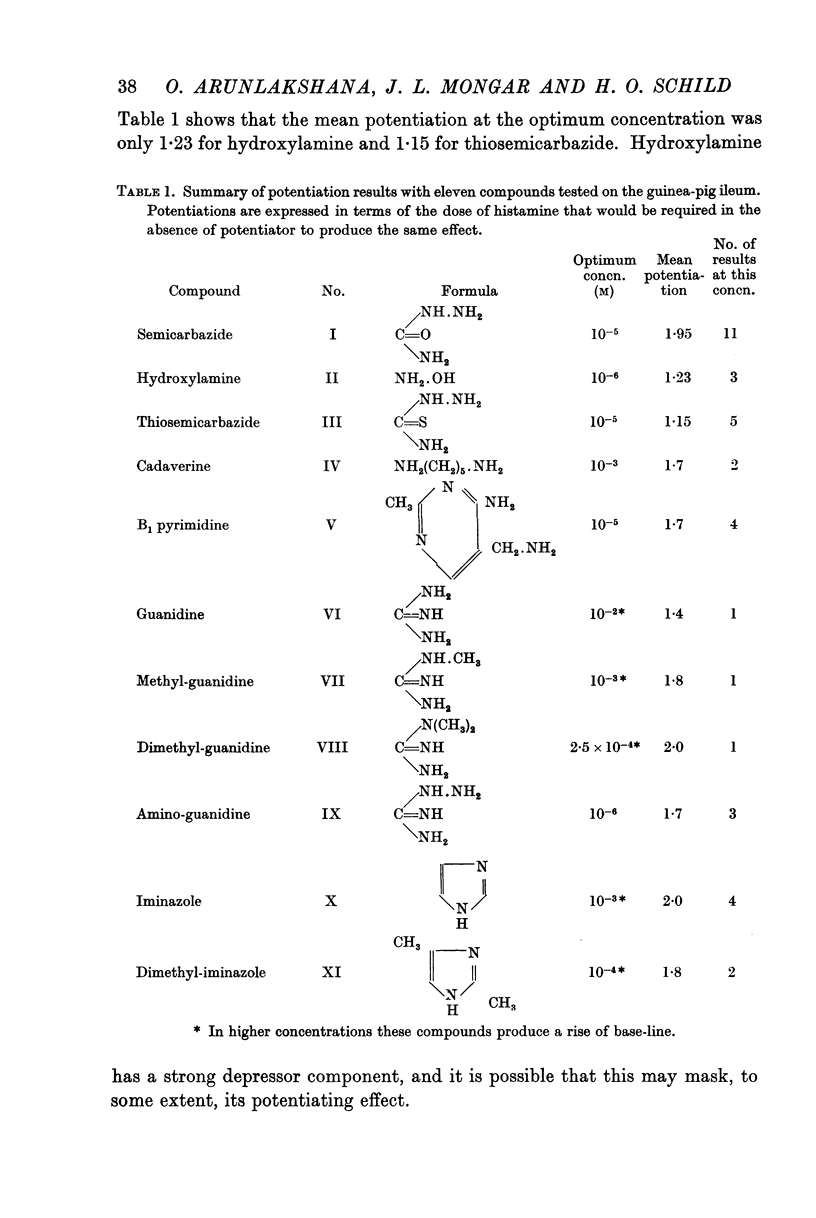
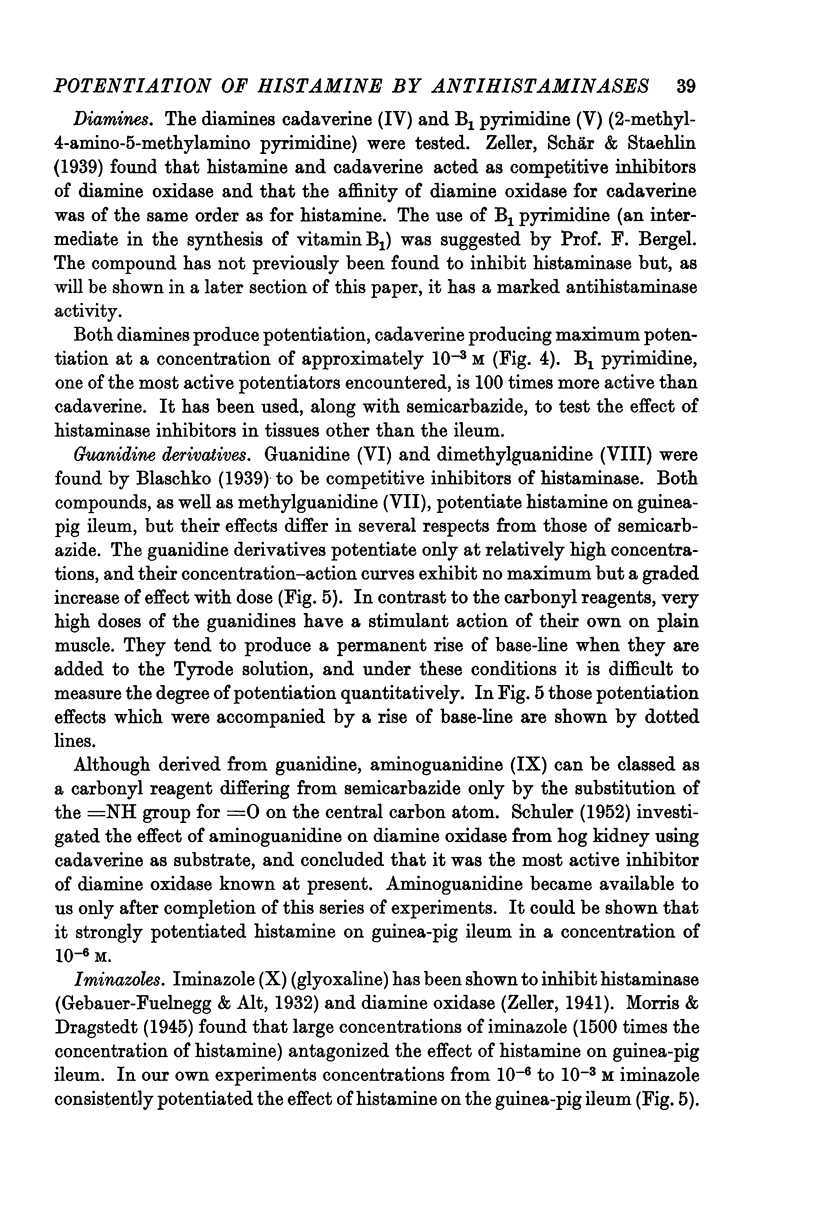
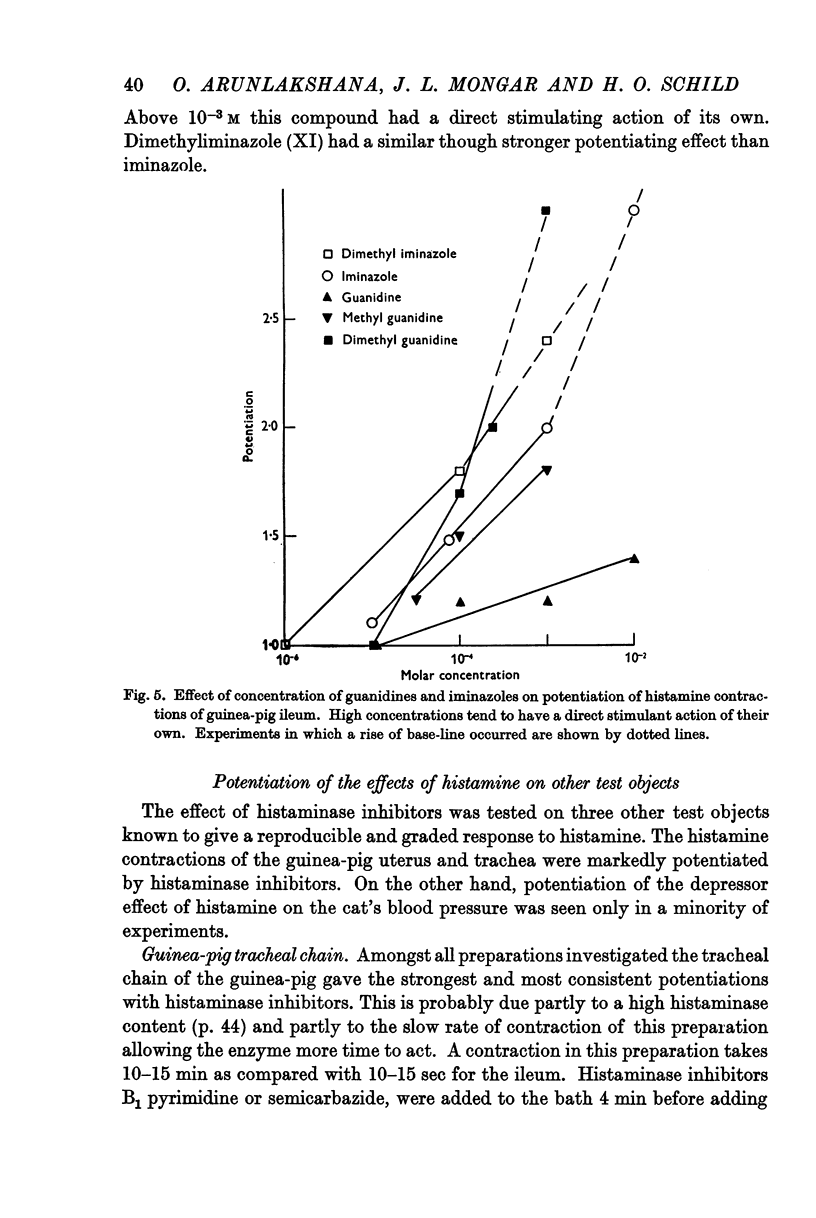
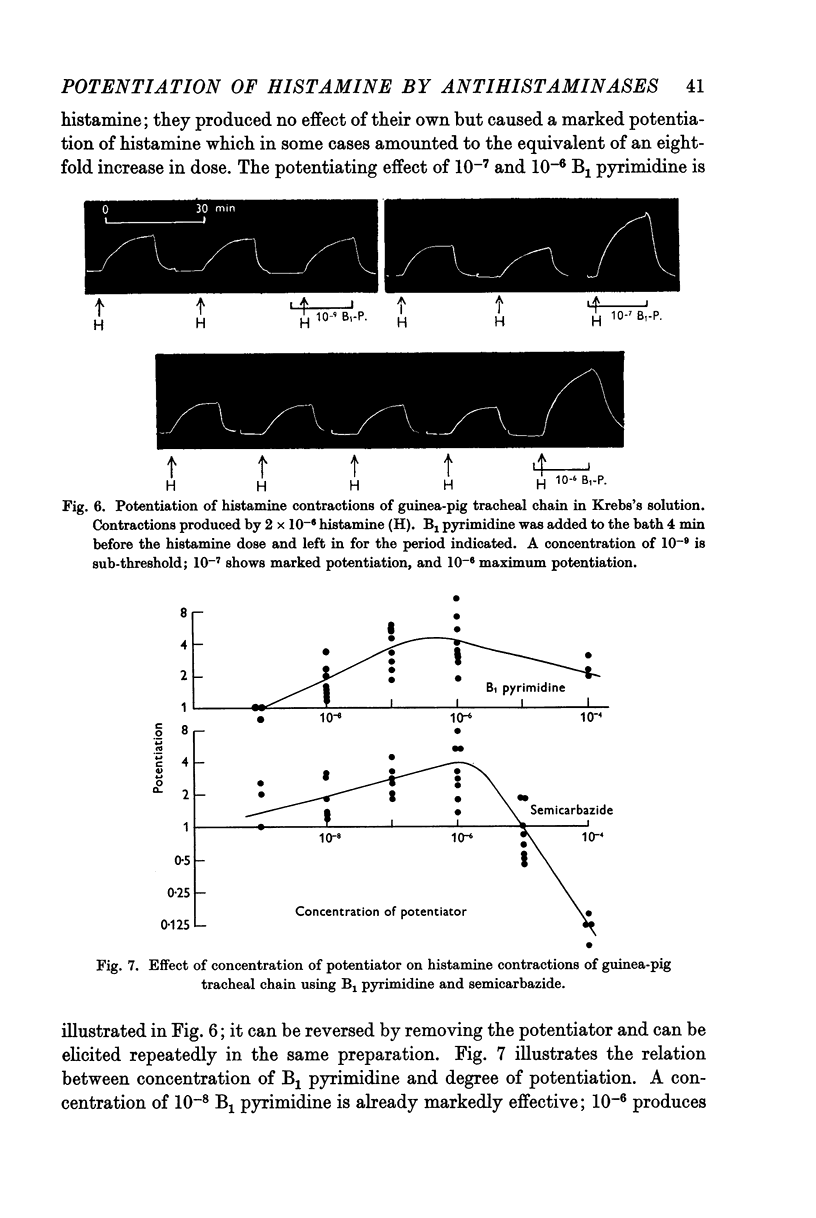
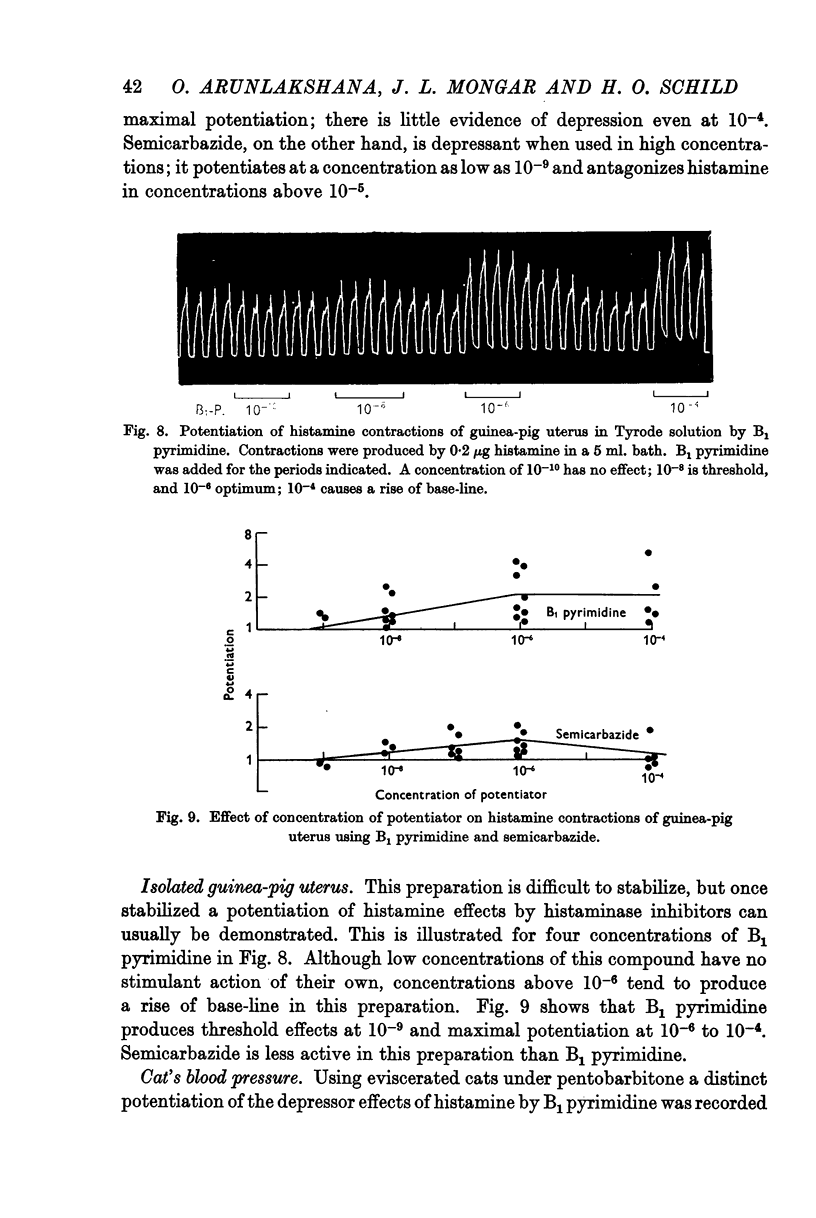

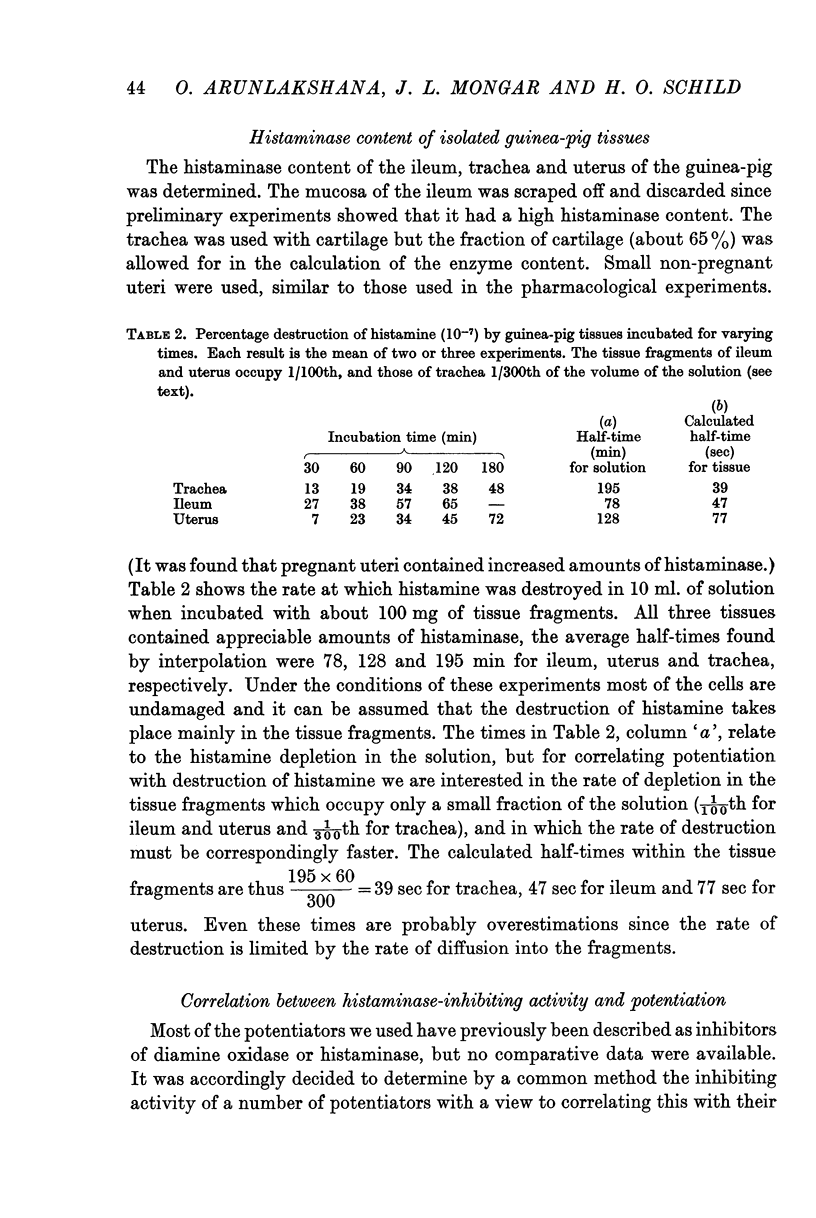
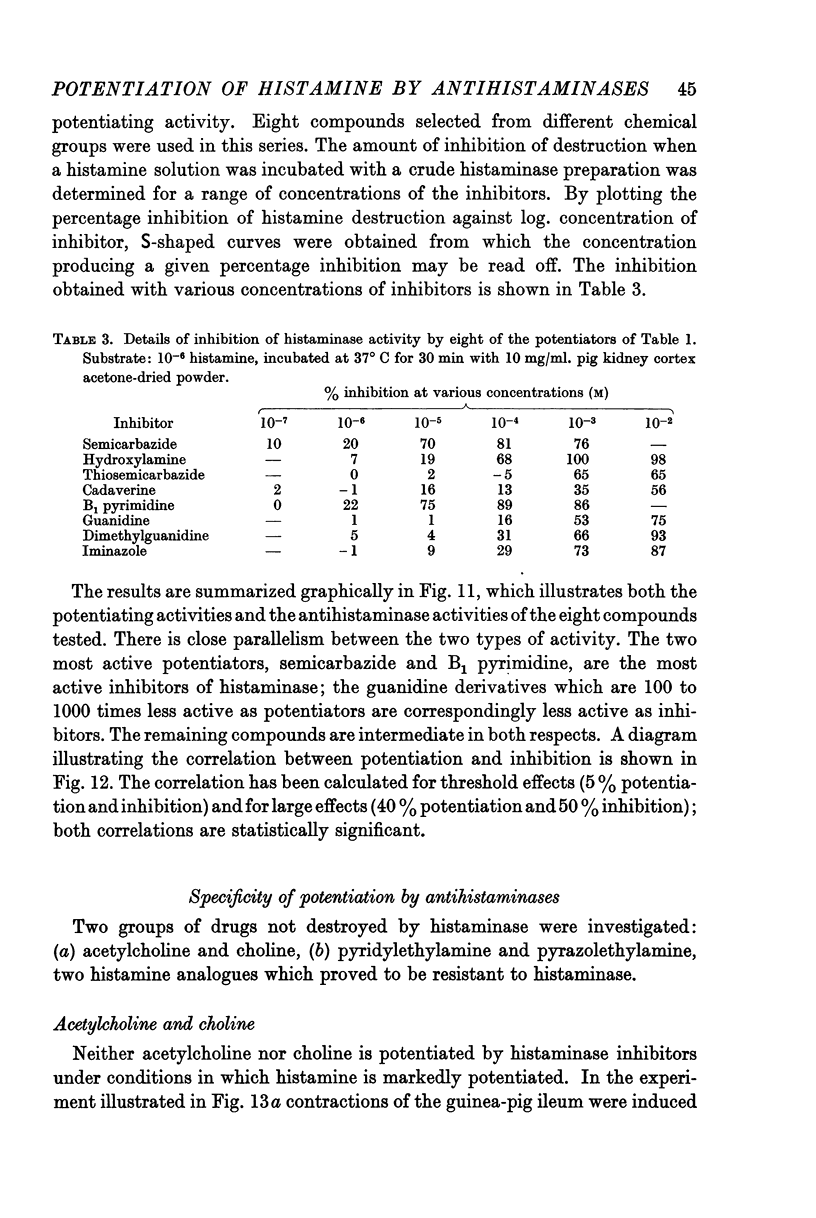


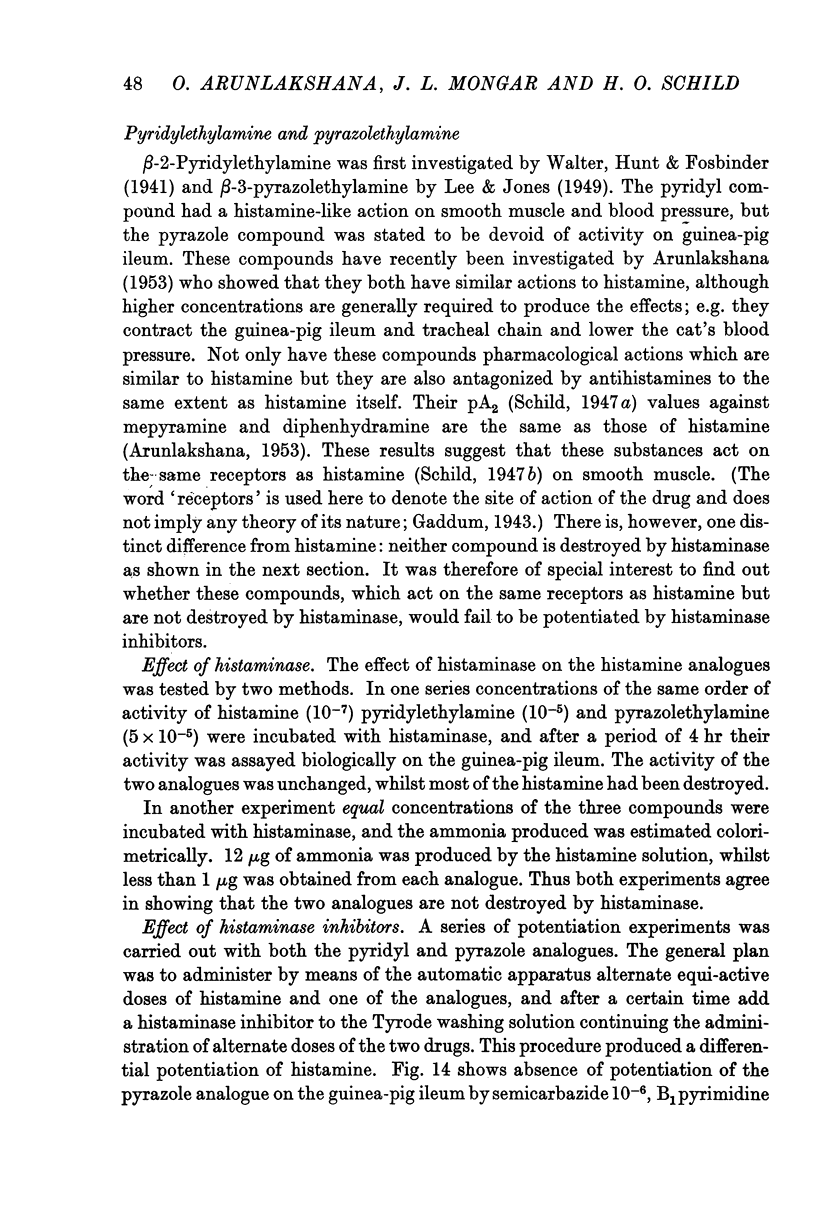

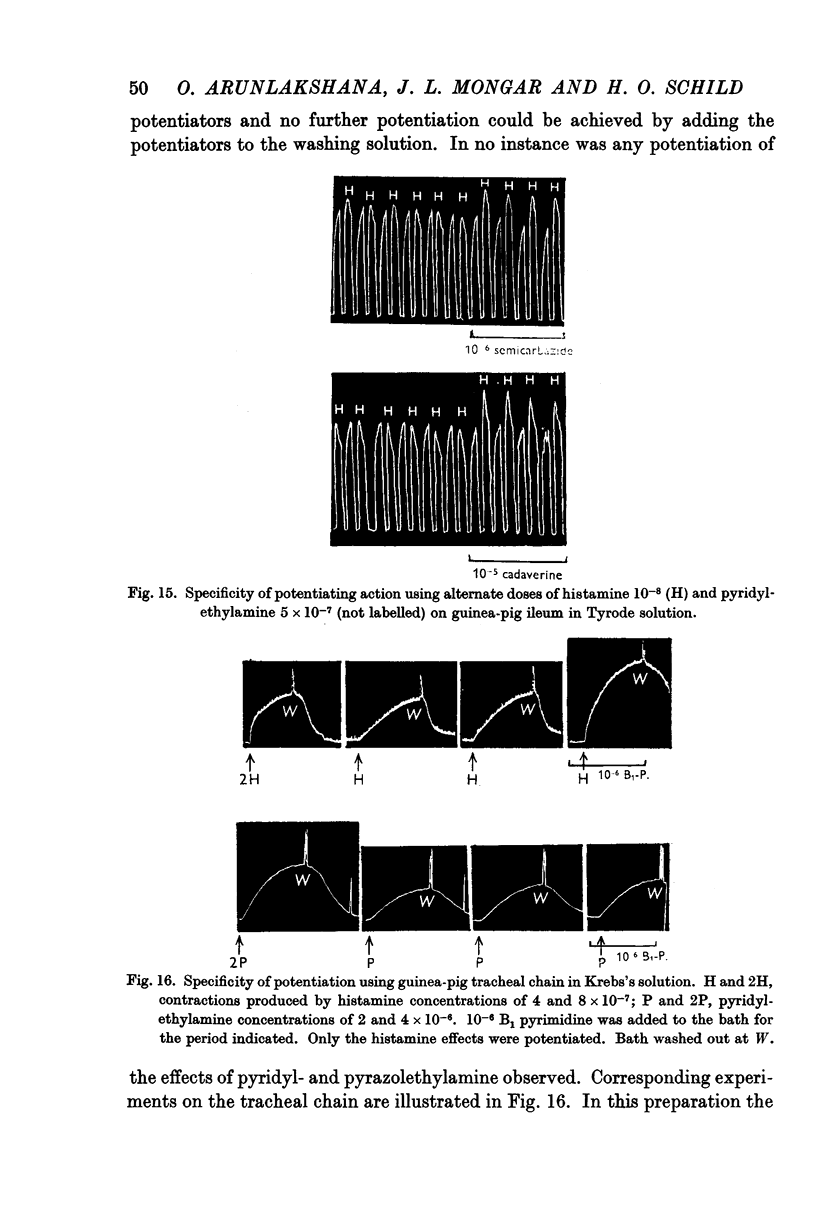
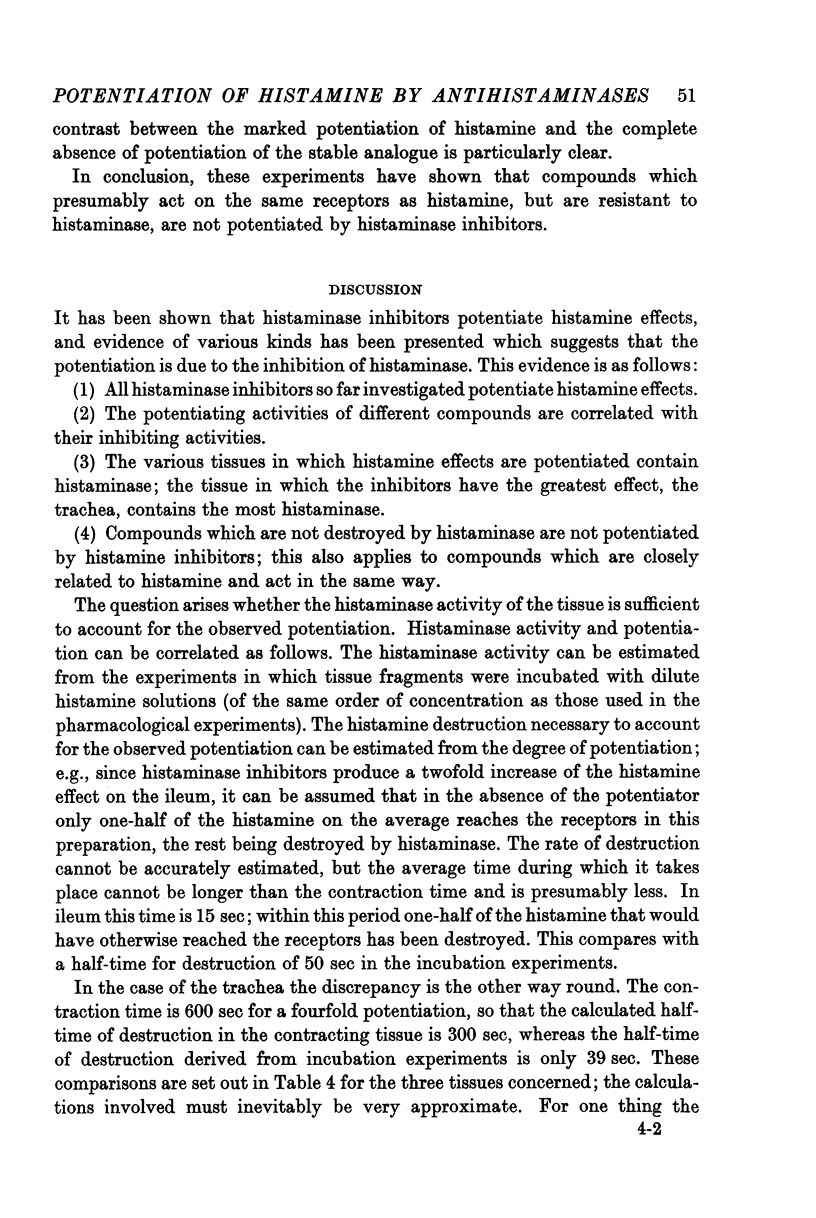
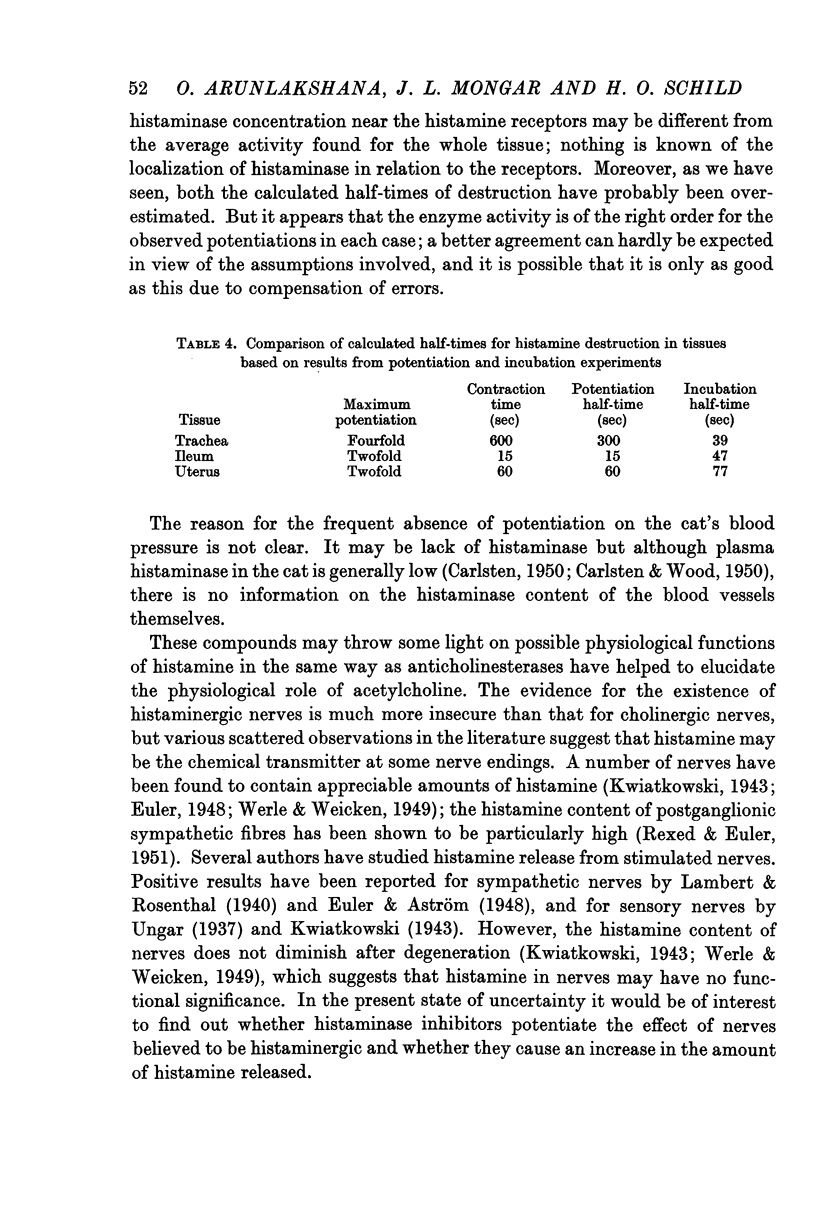


Selected References
These references are in PubMed. This may not be the complete list of references from this article.
- Best C. H. The disappearance of histamine from autolysing lung tissue. J Physiol. 1929 Jun 7;67(3):256–263. doi: 10.1113/jphysiol.1929.sp002566. [DOI] [PMC free article] [PubMed] [Google Scholar]
- KAPPELLER-ADLER R. A new volumetric method for the determination of histaminase activity in biological fluids. Biochem J. 1951 Jan;48(1):99–105. doi: 10.1042/bj0480099. [DOI] [PMC free article] [PubMed] [Google Scholar]
- Kapeller-Adler R. Studies on histaminase. Biochem J. 1949;44(1):70–77. doi: 10.1042/bj0440070. [DOI] [PMC free article] [PubMed] [Google Scholar]
- Kwiatkowski H. Histamine in nervous tissue. J Physiol. 1943 Jun 30;102(1):32–41. doi: 10.1113/jphysiol.1943.sp004011. [DOI] [PMC free article] [PubMed] [Google Scholar]
- MONGAR J. L., SCHILD H. O. Potentiation of the action of histamine by semicarbazide. Nature. 1951 Feb 10;167(4241):232–233. doi: 10.1038/167232a0. [DOI] [PubMed] [Google Scholar]
- REXED B., von EULER U. S. The presence of histamine and noradrenalin in nerves as related to their content of myelinated and unmyelinated fibers. Acta Psychiatr Neurol Scand. 1951;26(1):61–65. doi: 10.1111/j.1600-0447.1951.tb04632.x. [DOI] [PubMed] [Google Scholar]
- SCHULER W. Zur Hemmung der Diaminooxydase (Histaminase). Experientia. 1952 Jun 15;8(6):230–232. doi: 10.1007/BF02170726. [DOI] [PubMed] [Google Scholar]


